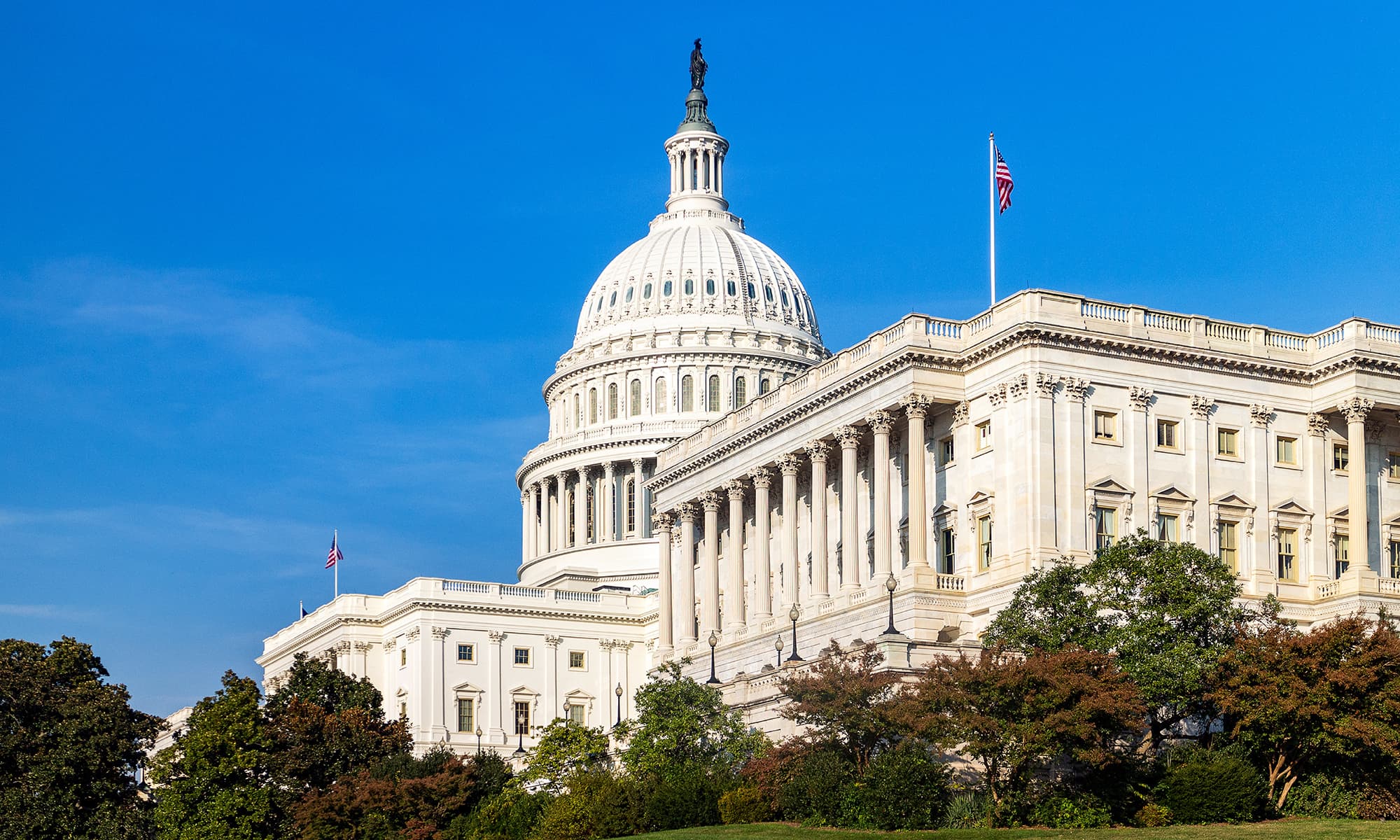Debt Ceiling
The debt ceiling, or debt limit, is the total amount of money that the U.S. government is authorized to borrow to meet its existing legal obligations — including Social Security and Medicare benefits, military salaries, interest on the national debt, tax refunds, and other payments.
It is critical that the United States meet its debt obligations in full and on time. U.S. Treasury securities are the foundation of global finance — serving as a benchmark for interest rates, a store of value, and a key source of liquidity worldwide. Any disruption in payments or perceived risk of default would negatively affect the economy, damage confidence in U.S. creditworthiness, and cause severe dislocations in both domestic and global markets.
Key Focus Areas
Ensuring Market and Operational Stability
Even a temporary delay in Treasury payments could have widespread consequences for financial markets and settlement systems.
SIFMA’s analysis identifies two possible scenarios that could occur if the U.S. were unable to meet its Treasury obligations: one in which certain payments are prioritized or delayed, and another in which payments fail to settle as scheduled. Either outcome would present serious operational and liquidity challenges across the financial system.
SIFMA works with members, regulators, and policymakers to model and prepare for such disruptions, ensuring market readiness and continuity.
Supporting Market Confidence
U.S. Treasury debt plays a unique and irreplaceable role as a world reserve asset and benchmark for global credit markets. Maintaining confidence in U.S. obligations is essential to preserving the stability of both the U.S. economy and the broader financial system.
SIFMA advocates for policies that protect this credibility and prevent disruptions that could undermine investor trust or increase borrowing costs for the federal government.
Coordinating Industry Preparedness
As the industry coordinating body for market operations and settlement, SIFMA works with members and key infrastructure providers to ensure market continuity under any circumstance. Through scenario analysis, playbooks, and joint communications, SIFMA helps firms assess potential risks and operational challenges related to Treasury payments and settlement.
Related Resources
- Delay in Treasury Payments: Discussion of Scenarios (Deck and Playbook, 2021)
- Joint Trades Letter (2021)
- Historical Fact Sheets (2018 and 2013)
The Bottom Line
Confidence in the full faith and credit of the United States is the foundation of the global financial system. SIFMA strongly supports policies that ensure the U.S. meets its obligations on time and in full, preserving market stability, investor confidence, and the strength of the U.S. economy.
